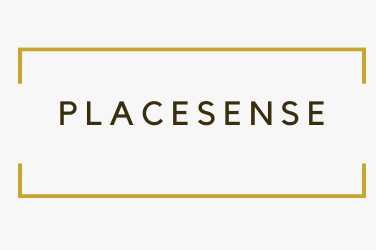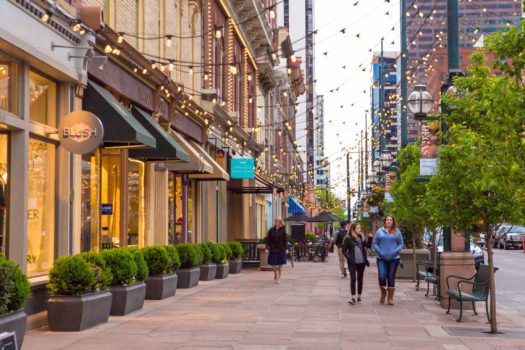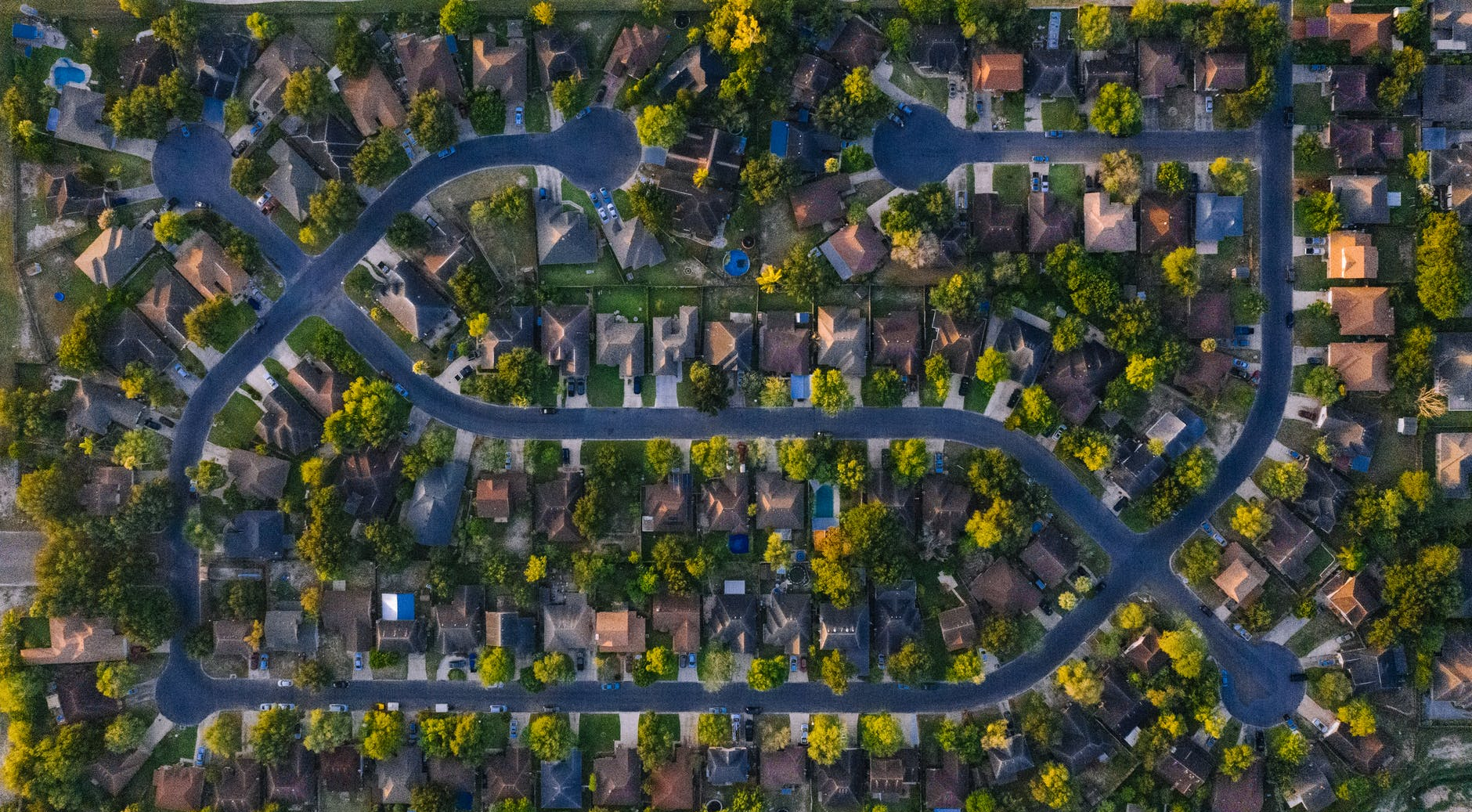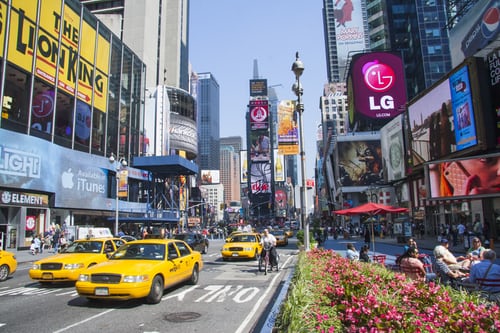Background
COVID-19 has heightened the long-standing strain not only on the Federal deficit but also on how communities pay for basic services expected by citizens – water, sewer, trash, police/fire protection and road maintenance. There is a further strain because a balanced budget is required by law for many states and local communities.
Property taxes are usually one of the primary revenue sources and as a result, many communities seek new residential and commercial/industrial development to maintain the revenue flow. Where I live, for the proposed Fiscal Year (FY July 1-June 30) 21, 56% of total revenue is from property taxes.

Residential development, while providing needed housing and “rooftops “to support businesses still has costs to provide services. Other costs, often overlooked, include maintainence of the many services provided, fcailities and the cost of debt and bonds.
Commercial/industrial development is more desirable because it requires fewer support services -no school children, typically the largest line item in many local budgets. In my community, the county will spend 48% of projected revenues on education.
In a perfect world, industrial/commercial development is more desirable, but workers/employees need housing. A 1974 landmark study, The Cost of Sprawl, Environmental and Economic Costs of Alternative Residential Development Patterns at the Urban FringeCommunities (Environmental Protection Agency, Real Estate Research Corporation ) documented that residential development doesn’t pay for itself – generated taxes don’t cover all the services needed. Communities then strive for a balanced tax base, where non-residential development can generate enough revenue to “pay” for residential development. Taxes are raised, fees are increased and debt is secured to bridge the gap to pay for existing and future services as a community grows.
New Thinking
The Great Recession (2008) and now COVID-19 have highlighted the need to change how communities assess property taxes (residential, industrial/commercial) are valued or assessed to generate government revenue.
The first article, published in 2012, provides real-world case studies demonstrating that calculating value per acre provides a great yield than the value of the building or structure on the land. The analysis also goes against the myth that large lot single-family development (aka sprawl) is the path to fiscal stability. This further reinforces the 1974 Cost of Spawl report.
The Fiscal Fix, Bacon’s Rebellion Reinventing Virginia for the 21st Century, James A. Bacon June 18, 2012
“So simple. Yet so revolutionary. Katz’s information overturns decades of conventional analysis. Planners typically look at the tax take per house, per store or per office building. But that doesn’t tell you anything particularly useful, says Katz, who in the past 20 years has served as the first executive director of the Congress for the New Urbanism, co-founded the Form Based Code Institute and worked as a senior planning official in Sarasota and then Arlington, Va. The cost of providing most government services – water/sewer, roads, sidewalks, police, fire and rescue, almost everything but schools– varies not just by the number of houses, stores or office units being served but by the geographic area being served.”

This next article takes the value per acre process further, providing a methodology from Bastrop, Texas, to determine a Return on Investment (ROI) analysis to ask – is this the best investment of taxpayer dollars?
What’s In Your City’s Wallet? Strong Towns, Felix Landry March 26, 2019

My Hope
This new methodology will not help places balance their budgets today impacted by COVID-19. But perhaps this current crisis will or has forced communities to seriously question how they do business and not rely on the past to meet the future needs of their citizens and seek fiscal sustainability. These are great examples of new thinking and innovations,needed now more than ever as communities will continue to change and evolve.















 AP Photo/John Minchillo
AP Photo/John Minchillo





















